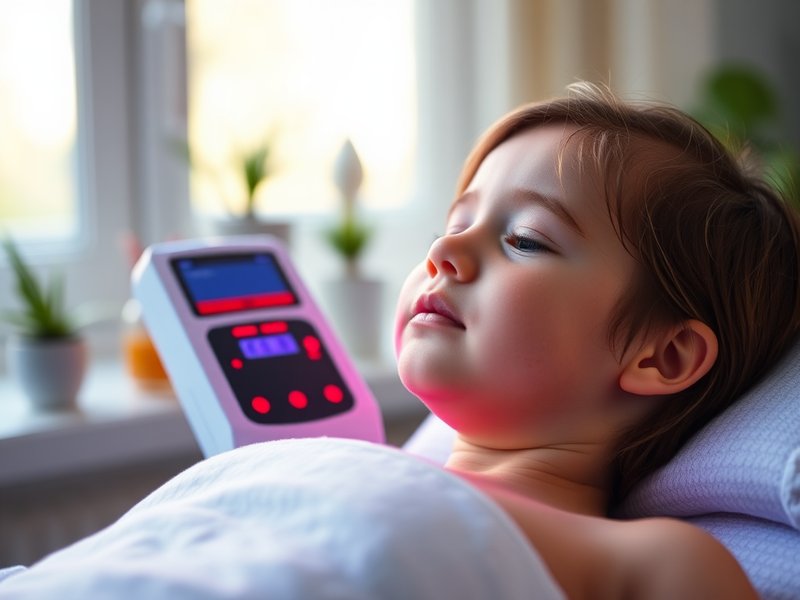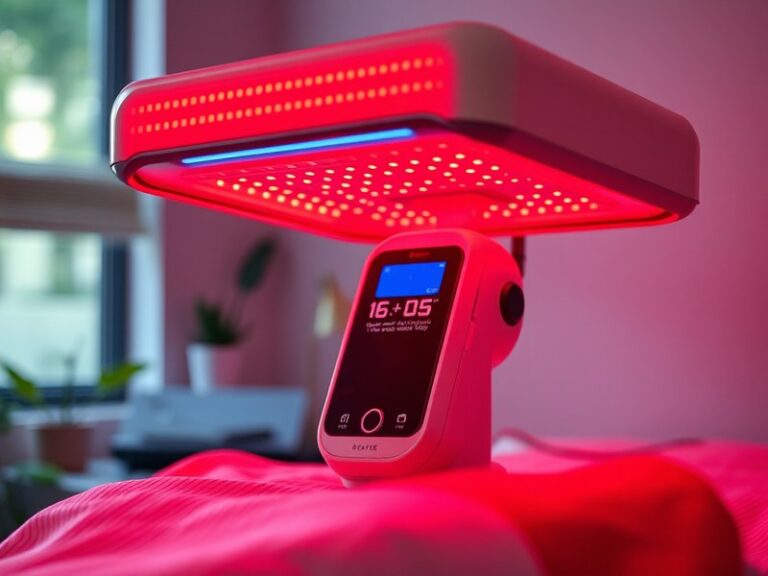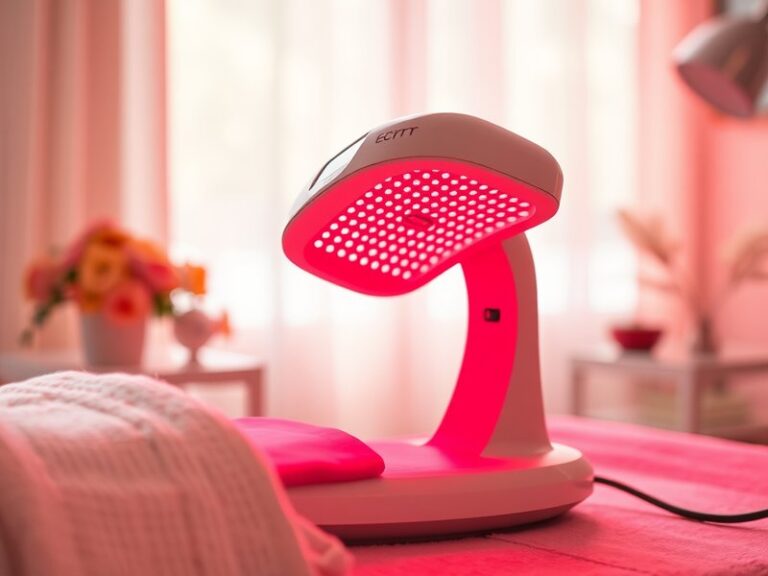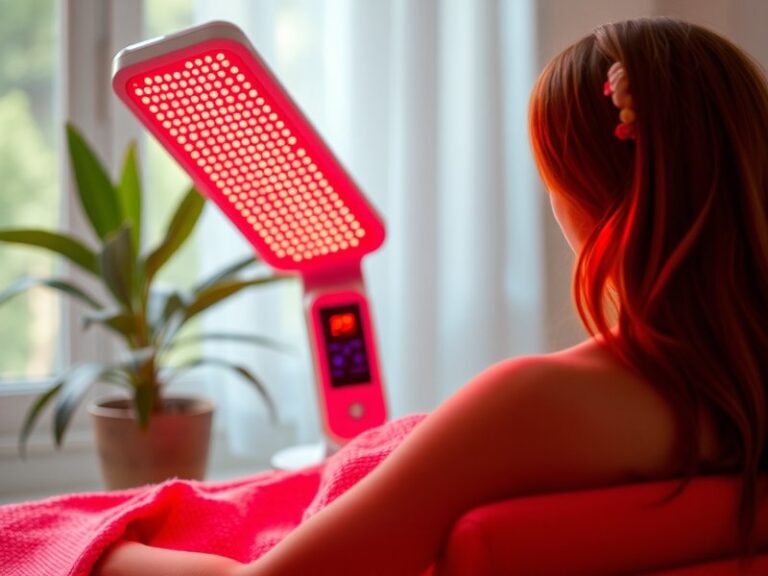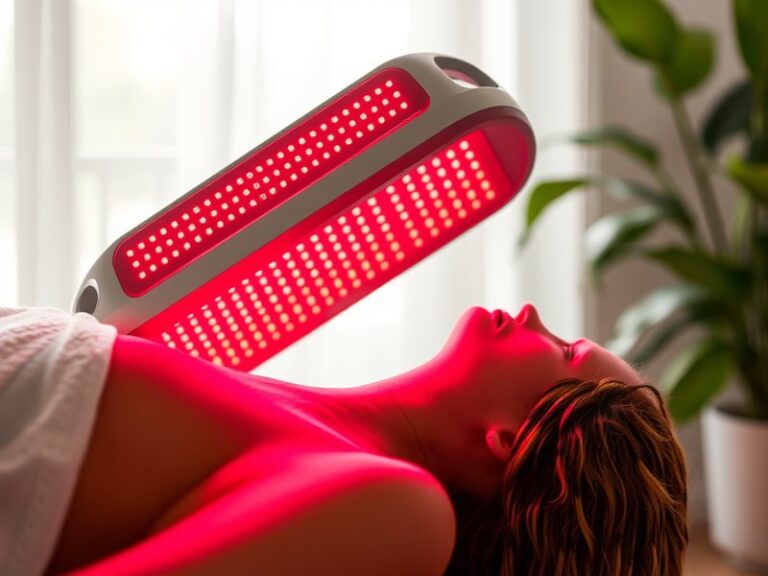Does Red Light Therapy Help With Jaundice?
Does Red Light Therapy Help With Jaundice?
Is red light therapy a viable solution for managing jaundice symptoms?
Jaundice, characterized by the yellowing of the skin and eyes due to elevated bilirubin levels, can be a distressing condition often seen in newborns and individuals with liver issues. While traditional treatments are widely known, there is growing interest in alternative therapies, particularly red light therapy (RLT). This article will explore the connection between red light therapy and jaundice, its benefits, considerations, alternatives, and answer some frequently asked questions.
Key Takeaways
- Red light therapy may have potential benefits for jaundice by enhancing bilirubin metabolism.
- While some studies show promise, more research is needed to fully understand its effectiveness for jaundice.
- Alternatives to red light therapy exist, such as phototherapy and maintaining hydration.
What is Red Light Therapy?
Red light therapy involves the use of low-wavelength red light to promote healing and tissue regeneration. It works by penetrating the skin and stimulating various biological processes at the cellular level, including increasing ATP (adenosine triphosphate) production, reducing inflammation, and enhancing circulation. Initially used for pain relief and skin rejuvenation, RLT has gained attention for its potential effects on a variety of conditions, including jaundice.
Mechanism of Action
The mechanism by which red light therapy works involves interactions with mitochondrial chromophores. These interactions lead to improved cellular energy production and can enhance the body’s natural healing processes. This has piqued interest in using RLT as a complementary approach to alleviate symptoms of jaundice.
What are the Benefits of Red Light Therapy?
Exploring the benefits of red light therapy in the context of jaundice reveals several potential advantages that may contribute to improved outcomes.
Enhanced Bilirubin Metabolism
One of the potential benefits of RLT is its ability to enhance liver function and increase bilirubin metabolism. Increased bilirubin breakdown may help reduce the yellowing of the skin and eyes associated with jaundice.
Anti-Inflammatory Properties
Red light therapy has demonstrated anti-inflammatory effects, which may be beneficial for individuals experiencing jaundice due to liver inflammation. Reducing inflammation can potentially improve liver function and overall patient well-being.
Improved Skin Health
Red light therapy is also known for its skin rejuvenating properties. For jaundiced individuals, enhancing skin health may mitigate the cosmetic concerns associated with yellowing and promote a clearer complexion as bilirubin levels normalize.
Non-Invasiveness
One significant advantage of red light therapy is its non-invasive nature, making it a suitable option for individuals seeking complementary treatments without drugs or injections.
Is it Possible to Use Red Light Therapy for Jaundice?
Using red light therapy for jaundice is possible, but the effectiveness remains a subject of ongoing research. While anecdotal evidence and some preliminary studies suggest that RLT could help improve bilirubin levels and liver function, comprehensive clinical trials are necessary to validate these claims.
What are the Advantages of Using Red Light Therapy?
Utilizing RLT may present several advantages for jaundice management, including:
- Non-invasive treatment option.
- Minimal side effects compared to pharmaceuticals.
- Potential improvement in liver function and bilirubin metabolism.
What are the Disadvantages of Using Red Light Therapy?
Despite its advantages, using red light therapy may pose certain challenges, such as:
- Limited scientific evidence specifically targeting jaundice.
- Requires consistent treatment for observable effects.
- Not a substitute for conventional treatments in severe cases.
What are the Things to Consider Before Using Red Light Therapy?
Before considering red light therapy as a treatment for jaundice, several factors should be taken into account:
Consultation with a Healthcare Provider
Always consult with a healthcare professional before starting any new therapy, especially for conditions like jaundice that could indicate serious underlying issues.
Discover the analysis in Effectiveness of Red Light Therapy?
Quality of Equipment
Ensure that the red light therapy device is medically approved and effective. Quality equipment is essential for achieving desired results.
Commitment to Treatment Protocol
RLT typically requires regular sessions over an extended period, so be prepared for a commitment to achieve potential benefits.
What are the Alternatives to Red Light Therapy?
Aside from red light therapy, several established treatments may be considered for managing jaundice:
Phototherapy
Commonly used for newborn jaundice, phototherapy involves using blue light to break down bilirubin in the skin, effectively reducing jaundice levels.
Intravenous Immunoglobulin (IVIG)
For certain types of jaundice, particularly in newborns caused by blood type incompatibility, IVIG can help by lowering bilirubin levels effectively.
See the full explanation Red Light Therapy Frequency
Hydration and Nutrition
Maintaining adequate hydration and a balanced diet can support liver health and aid in the body’s natural detoxification processes.
Conclusion: Is it Recommended to Use Red Light Therapy?
While red light therapy shows promise in potentially alleviating some symptoms associated with jaundice, it should not be viewed as a primary treatment. Those experiencing jaundice should always seek professional medical advice and consider RLT as a complementary approach alongside established treatments.
Frequently Asked Questions
Can red light therapy replace traditional jaundice treatments?
No, red light therapy should not replace traditional treatments for jaundice, especially in diagnosed liver conditions. Instead, it may serve as a complementary therapy.
How often should red light therapy be used for jaundice?
The frequency of sessions will vary based on individual needs and the severity of the condition. Consulting with a healthcare professional can provide personalized guidance.
Are there any side effects associated with red light therapy?
Generally, red light therapy is considered safe with few side effects. However, some users may experience mild skin irritation. Always consult with a healthcare provider about potential risks.
Is there enough scientific evidence supporting the use of red light therapy for jaundice?
Currently, more comprehensive clinical studies are needed to firmly establish the effectiveness of red light therapy specifically for jaundice.
Who should avoid red light therapy?
Individuals with light sensitivity, certain eye conditions, or those who are pregnant should consult their doctor before using red light therapy.
